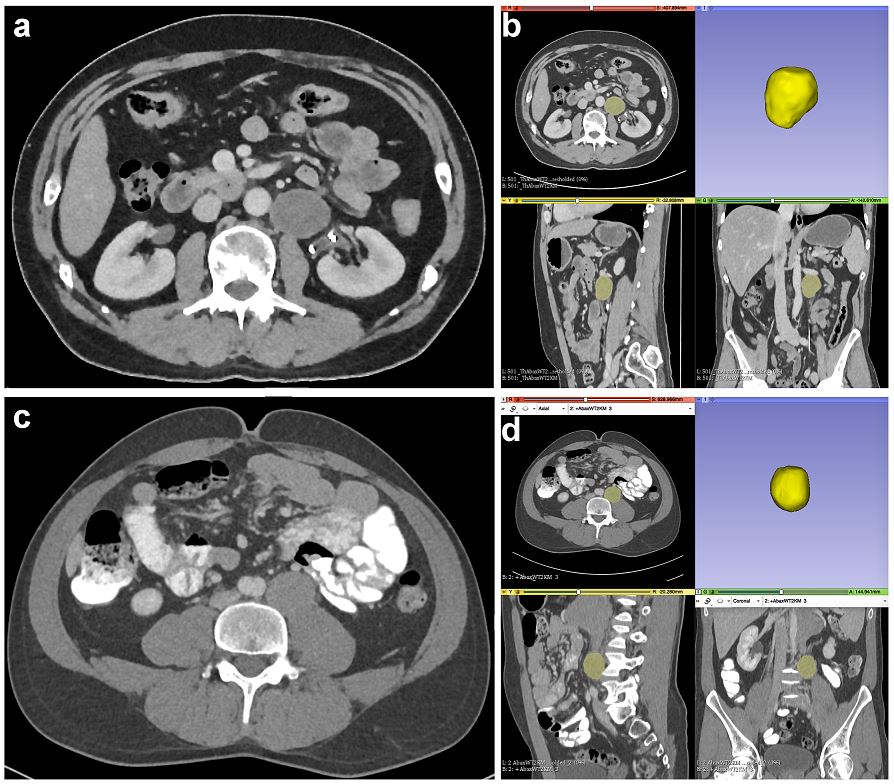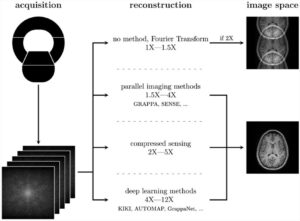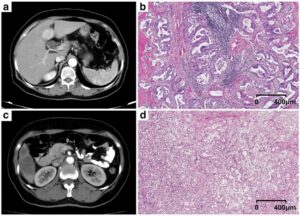Among solid tumors, testicular germ cell tumors (TGCT) are the most common entity in men below the age of 40, and they are very likely to metastasize. The so-far unsolved clinical problem for metastasized TGCTs is that as many as 40-50% of patients are overtreated by post-chemotherapy lymph node dissection since the resected lymph nodes show a viable tumor in only 15% and teratoma in only 40% of cases.
In our work, we sought to evaluate radiomics as a potential solution to this problem of overtreatment. We developed a radiomics-based machine learning classifier (a gradient-boosted tree) to predict the histopathological presence of malignant versus benign residual retroperitoneal masses in a heterogeneous, single-center, multivendor, real-life CT imaging database of 80 patients with 204 lymph nodes.
The trained machine learning classifier achieved a classification accuracy of 0.81 in the independent validation dataset, while a model containing only the lymph node volume (representing the commonly applied ‘size’ criterion) resulted in a classification accuracy of 0.68. The use of our machine learning-based classification algorithm would have led to a reduction of 46% overtreatment in the validation cohort (100% in the independent test cohort).
Although this is a first preliminary study on radiomics, and while we are well aware of the limitations radiomics is facing, especially with respect to robustness and reproducibility, we think that ‘CT imaging before retroperitoneal lymph node dissection in TGCT represents an exciting new tool for improved prediction of the presence of viable tumor or teratoma in retroperitoneal lymph node metastases, aiming at reducing overtreatment in this group of young patients’.
Key points
- Patients with metastatic non-seminomatous testicular germ cell tumors undergoing post-chemotherapy retroperitoneal lymph node dissection of residual lesions show overtreatment in up to 50%.
- We assessed whether a CT radiomics–based machine learning classifier can predict histopathology of lymph nodes after post-chemotherapy lymph node dissection.
- The trained machine learning classifier achieved a classification accuracy of 0.81 in the validation dataset with a sensitivity of 88% and a specificity of 78%, thus allowing for prediction of the presence of viable tumor or teratoma in retroperitoneal lymph node metastases.
Authors: Bettina Baessler, Tim Nestler, Daniel Pinto dos Santos, Pia Paffenholz, Vikram Zeuch, David Pfister, David Maintz & Axel Heidenreich













